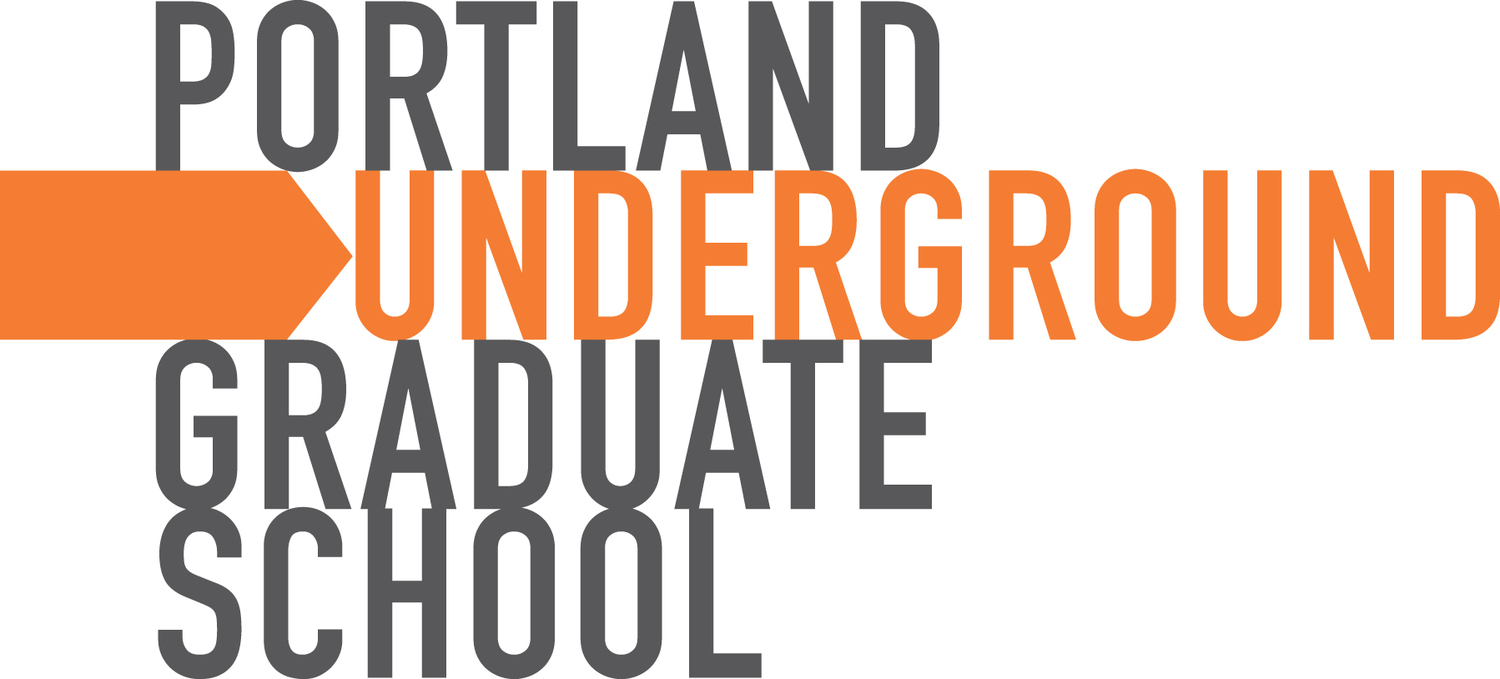Race, Class, and Where People Live (May 2018)
Race, Class, and Where People Live (May 2018)
Four Walking Tours of Portland
This course will feature four walking conversations on the built environment of our urban landscape and how Portland came to look the way it does. Leave the course with a richer understanding of Portland’s history of race, class, and urban development and where they all intersect.
Date: Saturdays, May 5, 12, 19, and June 2 (skips Memorial Day weekend)
Time: 10am-11:30am
Location: Changes weekly; see syllabus below
$195. Space is limited to 25 students.
From its foundation as a small, speculative settlement along the Willamette to the current gentrification and redevelopment controversies today, Portland’s urban landscape is ever-changing. How did Portland come to be the least diverse major city in America? We'll examine that question in this course, which consists of four walking conversations on the history of race, ethnicity, and gentrification in Portland and their relationship to the urban landscape of our city.
Week One: Chinatown, the Waterfront and the Working Class. Now home to office buildings and an increasing number of condominiums, Portland's downtown had a distinctly different feel in the 19th century. At that time it was dominated by Chinatown, a rough and tumble waterfront, and numerous boarding houses for the working poor. This walk will explore the many physical and political changes that transformed Portland's downtown core into what it is today.
Meeting point: SW corner of SW Naito and Morrison.
Week Two: Albina. Until 1891, Albina was an independent city. From its tenuous beginnings, it became a thriving neighborhood of German, Irish, and Scandinavian immigrants before transitioning into the center of Portland's African American community. Our walk along Russell St. and Williams Ave. will explore the rich cultural, architectural, and commercial history of a neighborhood that is now ground zero for the gentrification and redevelopment controversy.
Meeting point: Next to the White Eagle Saloon at the intersection of N Russell St. & N Mississippi Ave.
Week Three: South Portland. Many Portlanders have enjoyed a summer afternoon at the Keller Fountain, but few are aware that the Keller, and the entire area around it, replaced what was known as South Portland, once home to most of Portland's Jewish community and other European immigrants. The neighborhood was re-envisioned as the modernist Portland Center in the 1960s. It became a model for urban renewal and "slum clearance," but in the process it ignited a grassroots revolution in how Portlanders interact with city government and view development.
Meeting point: SW 1st and Hooker. (This neighborhood is difficult to access if you are driving. Make sure to have a look at a map first.)
Week Four: The Pearl District. Once little more than barren train yards and derelict commercial buildings in an area called Slabtown, the Pearl District is now one of the city's principle destinations for Portlanders and tourists alike. But how was this transformation completed, and do you think it has been successful? What does it mean for the future of development in Portland?
Meeting point: NW corner of NW 10th and Marshall.
What previous students have to say about John and his courses:
"John Doyle's knowledge of the architecture of Portland is very impressive and his ability to make it interesting and accessible is excellent. I really enjoyed walking around with our class and interacting with John and my classmates. Being able to get up close and personal to the various sites made it much more rewarding than an in-class presentation could have been."
"John's depth of knowledge and passion for the subject matter is infectious!"
"John has a nice way of including everyone in the conversation so that even those who said they had no prior art history experience contributed interesting insights. That's a gift."
"John's course was a really fun, invigorating, but low pressure way to learn and meet peers."
John Doyle has an M.A. in Art History from Tufts University and is a former Education Department lecturer at the Metropolitan Museum of Art, New York.



